Resources
Young Deadly Free resources are listed on below, in the Guide to Young Deadly Free Resources catalogue, and are available to order using the resources order form and emailing it to youngdeadlyfree@uq.edu.au.
This booklet is a handy catalogue of Young Deadly Free resources. All these resources are available on this website or if you have trouble downloading they are available on USB using the order form at the end of this catalogue.
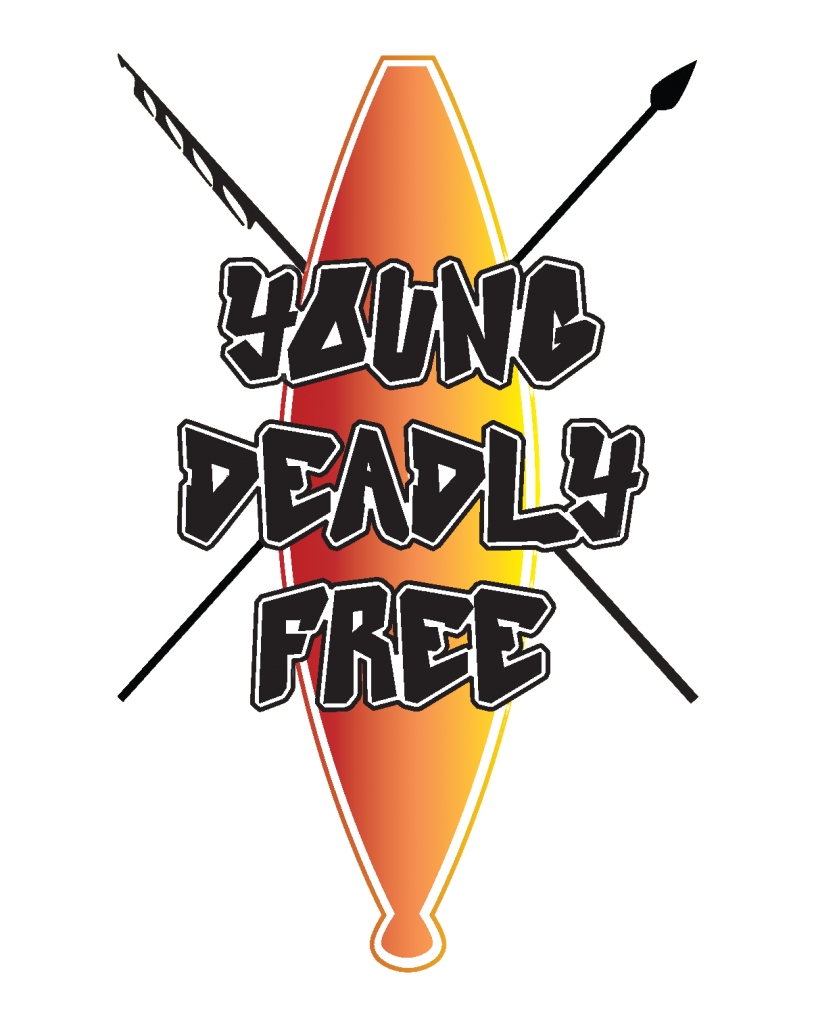
NEW VIDEOS
Our nine new videos cover a range of topics crucial to promoting sexual health and well-being among Aboriginal and Torres Strait Islander youth in urban and regional areas.
Video topics include diverse relationships, gender, sexuality, young men being tested, pornography, respectful relationships, stigma and shame, STIs can affect everyone and consent.
Click the button below to check them out!
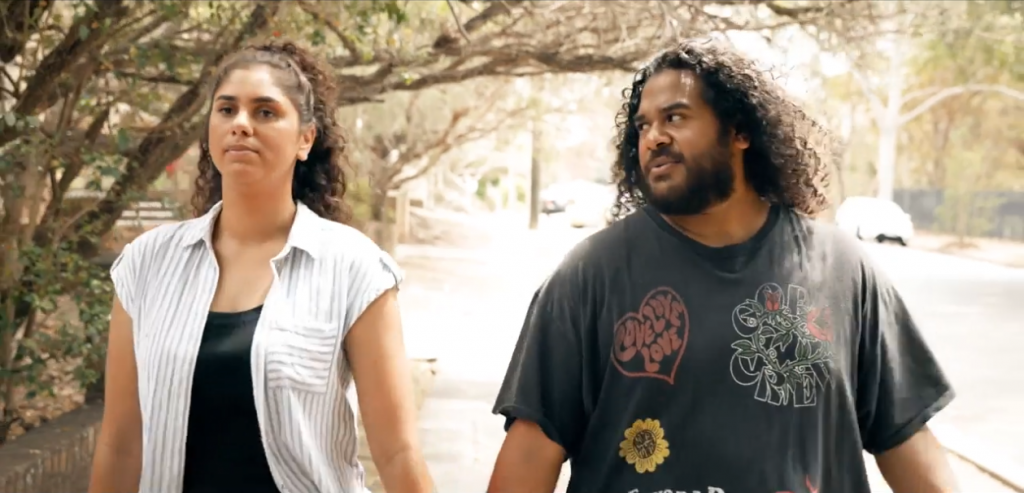
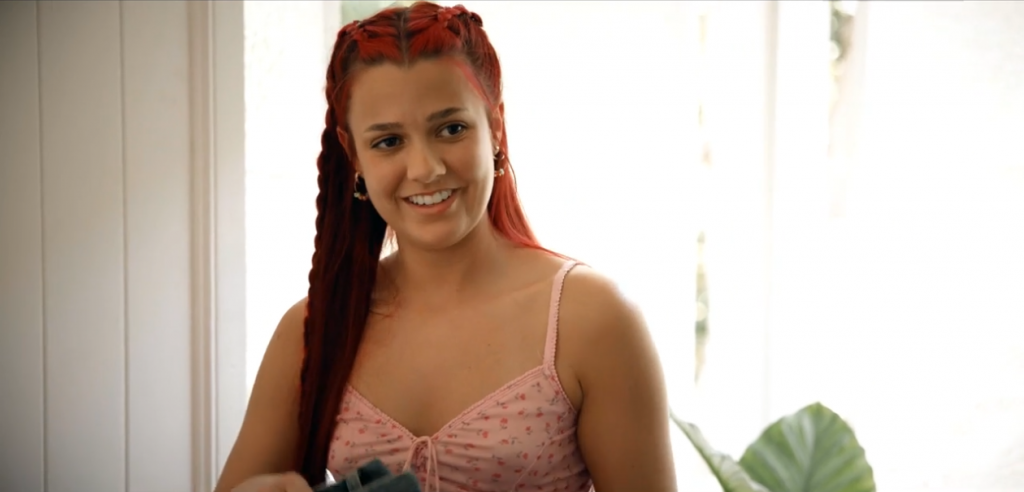
Guide to Young Deadly Free Resources & Order Form
Young Deadly Free resources are listed in the Guide to Young Deadly Free Resources catalogue, and are available to order using the resource order form and emailing it to youngdeadlyfree@uq.edu.au.
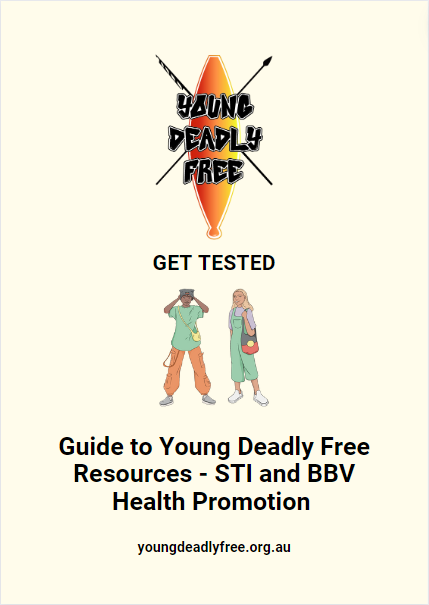
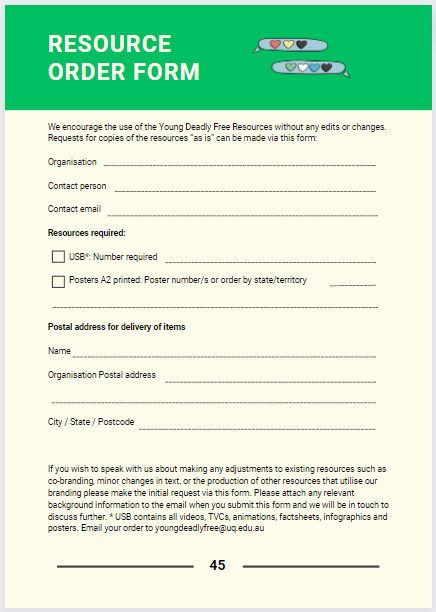
For Mob
For Young Mob
For Elders, Parents and Other Adults
For Health Professionals
For Teachers
For Researchers
Resources
Infographics
Fact Sheets
TV & Radio
Posters
Videos
Aminations
Peer Education
Sex & the Law
Other Useful Resources
Up Coming Events
Young Deadly Free is a project by the University of Queensland Poche Centre for Indigenous Health (formerly the South Australian Health and Medical Research Institute). © UQ POCHE 2024